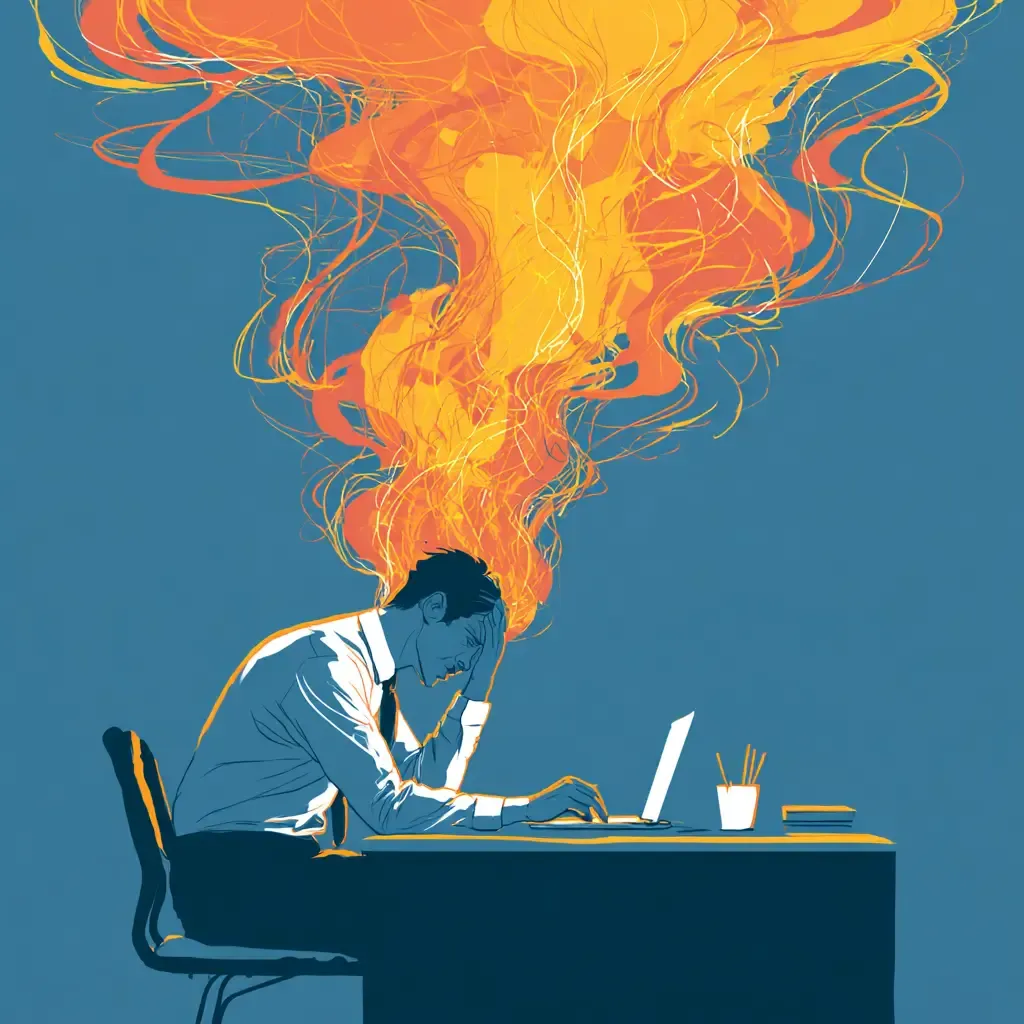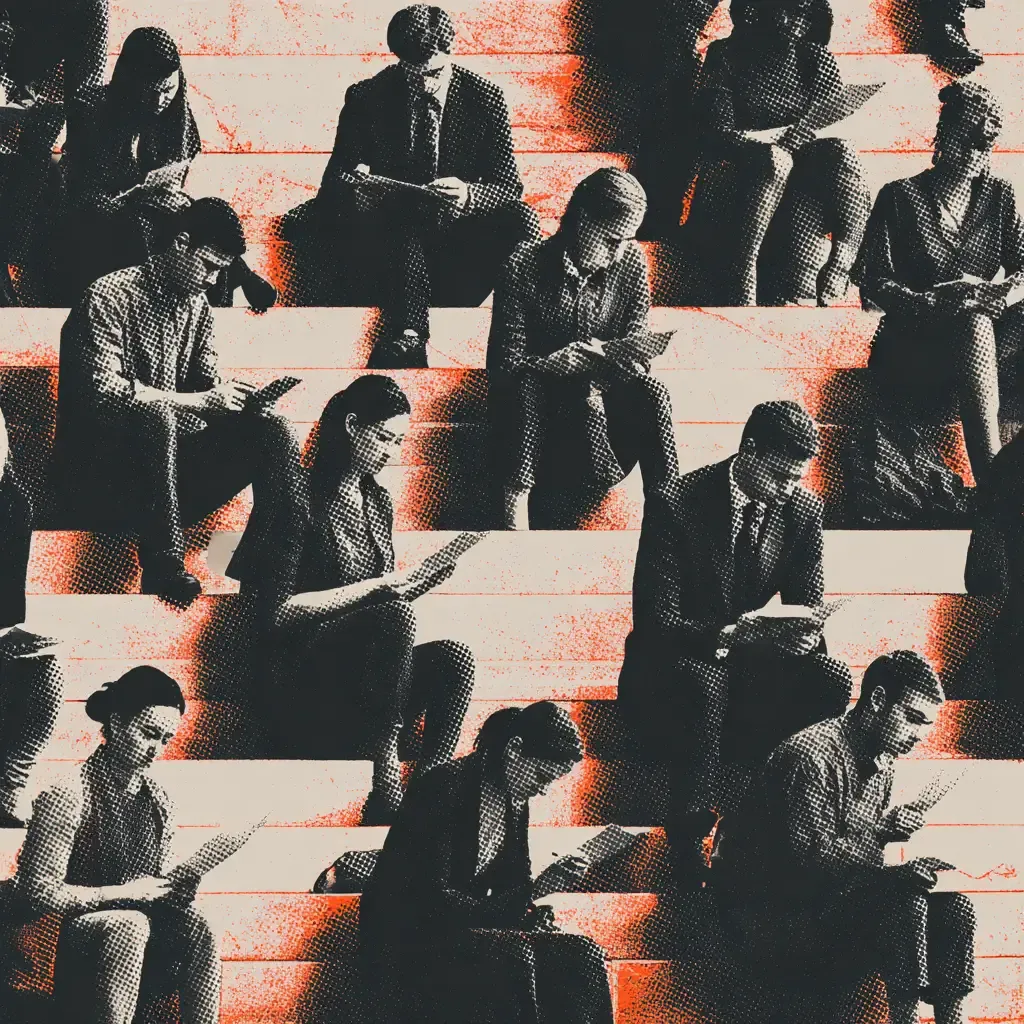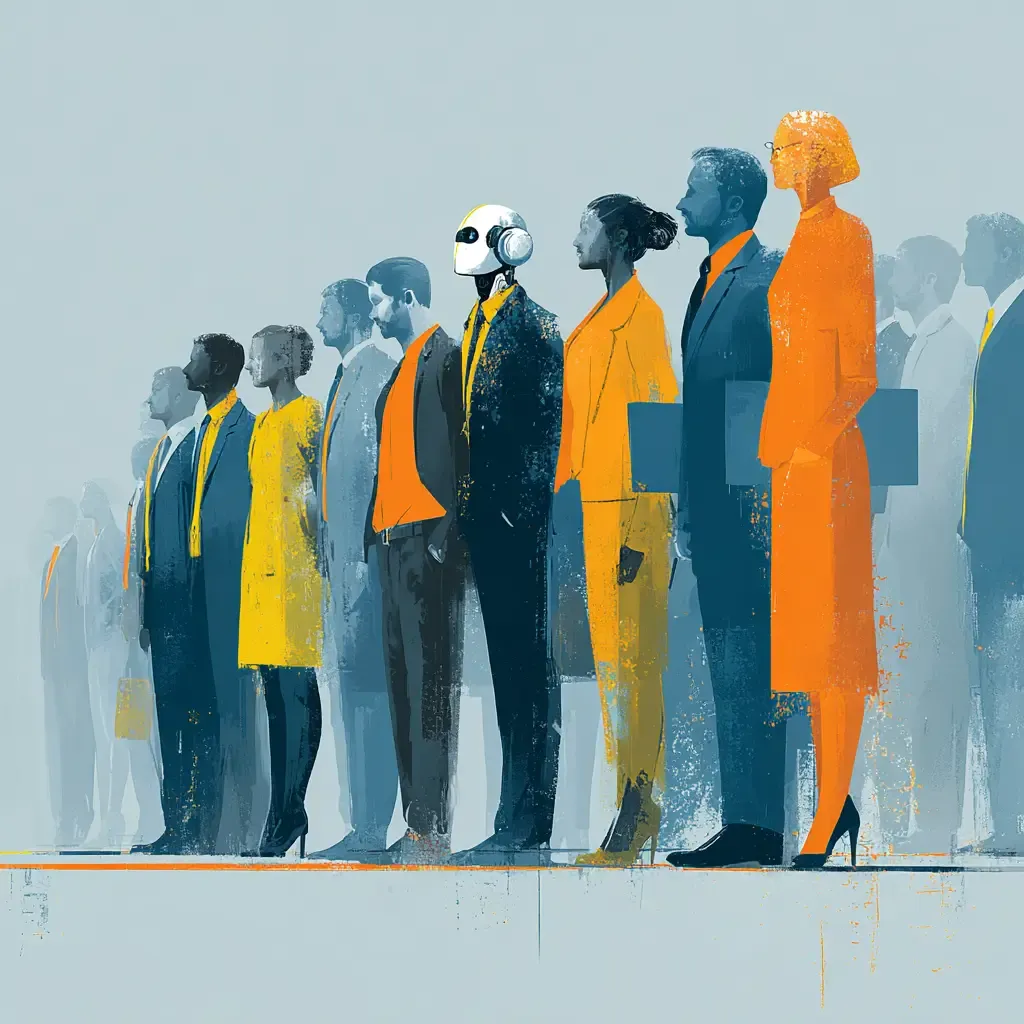TL;DR
Too many transformations devolve into a string of fire drills, leaving practitioners in constant crisis mode. This article explores why organizations default to reactivity, the hidden costs of crisis-driven change, and how change practitioners can shift from firefighting to intentionally designing transformation for stability, scalability, and real readiness.
Escaping the Crisis Loop in Transformation
Everyone says they’re “going through a transformation.” The buzzwords are polished. The vision decks are aspirational. The roadmap, at least on paper, looks sound.
But the lived experience? Controlled chaos.
Meetings are back-to-back. Communication plans are made and then abandoned. Every deliverable becomes urgent. Practitioners spend more time putting out fires than guiding behavior change. Somehow, the bold strategy devolves into a series of fire drills.
The question is no longer whether transformation is needed. It’s why so many organizations seem incapable of doing it without panicking.
This article explores the growing gap between design intent and delivery reality—and how change practitioners can start shifting from crisis responders to intentional architects.
1. The Myth of the Well-Planned Transformation
Most transformation efforts look solid from a distance. The decks are reviewed. The leaders nod along. The change is socialized.
But too often, those plans are fragile. They assume alignment that doesn’t exist. They ignore the informal ways work gets done. And they mistake project management hygiene for true change readiness.
Many organizations still default to:
- PowerPoint-heavy briefings instead of real discovery
- One-size-fits-all messaging plans
- Overconfidence in leadership buy-in
- Neglect of the stakeholder landscape beyond the org chart
As a result, change launches without a real pulse check. When friction arises—as it always does—it’s seen as resistance rather than a signal that the design didn’t match the reality.
2. Why the Fire Drill Becomes the Default
When things go sideways, most orgs don’t pause and reassess. They escalate.
Reactive mode is comfortable. It gives the illusion of momentum. Leaders feel like they’re “doing something” because people are busy, working late, and focused on short-term fixes.
Several factors fuel this pattern:
- Crisis muscle memory: Teams are trained to respond to emergencies, not navigate ambiguity.
- Time blindness: Early-stage design work is dismissed as “fluff” until it’s too late to course correct.
- Invisible work: Emotional labor, informal influence, and readiness signals don’t show up in Gantt charts.
The result? Practitioners spend more time triaging than planning. Change becomes something to survive instead of something to design.
3. The Hidden Costs of Crisis-Driven Change
Fire-drill transformation isn’t just inefficient—it’s damaging.
- Burnout: Practitioners lose energy and optimism when everything is urgent. They begin to disengage or leave.
- Credibility erosion: Stakeholders start tuning out change messages. They’ve seen the pattern before and don’t trust this one will be different.
- Inconsistent delivery: When planning is sidelined, execution becomes dependent on personalities, not repeatable practices. That makes it impossible to scale success.
Worse still, the failure to build in reflection means nothing improves. Each new initiative inherits the same dysfunction as the last.
4. What 'Change by Design' Really Means
If we want transformation to feel different, we have to do it differently.
Change by design isn’t just a catchphrase—it’s a set of intentional choices:
- Start with discovery, not delivery. Understand not just what’s changing but who it impacts, how they operate today, and why it matters.
- Design around the lived experience. Treat stakeholder empathy as a core input, not a nice-to-have.
- Prototype the message. Pilot early communication to test whether it lands before you scale it.
- Build flex into the plan. Anticipate friction points. Don’t just write contingency plans—practice scenario response.
Change by design is slower at the start, but dramatically more stable (and scalable) over time.
5. Shifting the Culture from Reactivity to Readiness
Designing change isn’t just about better artifacts—it’s about shifting behavior.
Practitioners can start to steer this shift with small but powerful moves:
- Use pre-mortems instead of post-mortems. Design for what could go wrong before it happens.
- Create language that flags the pattern. If your team is falling into fire-drill mode, call it. Naming the behavior helps make it visible.
- Celebrate calm. Don’t just reward the heroic fix—highlight what worked because it was thought through in advance.
- Introduce pause moments. Schedule time after major phases or crises to debrief, document, and improve.
Culture change doesn’t require an executive initiative. It starts with making better decisions in the moment—especially when the pressure is high.
Real Talk: From the Front Lines
“I used to think being great at change meant being able to manage chaos. Now I realize the real power is preventing the chaos in the first place.”
Many change professionals were hired because they can handle stress, manage ambiguity, and stay calm under pressure. That’s valuable. But if we stop there, we become part of the problem.
The goal isn’t to survive another initiative—it’s to shape how the next one happens.
That means nudging leaders toward intentionality. Advocating for stakeholder discovery even when time is tight. Saying “not yet” instead of “sure, I’ll patch that.” And using our voice to elevate good design over fast fixes.
Final Thought
Transformation shouldn’t feel like crisis response with a prettier name.
If we’re serious about changing how organizations work, we have to start with how change itself gets delivered. Not as a series of sprints powered by caffeine and duct tape—but as an intentional design practice that centers people, plans for friction, and builds resilience into the system.
Because fire drills don’t build future-ready organizations.
Design does.
ChangeGuild: Power to the Practitioner™
Frequently Asked Questions
Q: What is “Change by Design”?
It’s an intentional approach to transformation that prioritizes discovery, stakeholder empathy, and planning for friction over reactive fixes.
Q: Why do transformations often feel like constant crises?
Because organizations skip deep discovery, overestimate alignment, and default to firefighting when issues emerge.
Q: What are the costs of crisis-driven change?
Burnout, loss of credibility, and inconsistent delivery that can’t be scaled.
Q: How can practitioners shift from reactivity to readiness?
Use pre-mortems, name the fire-drill pattern, celebrate calm over heroics, and schedule reflection moments.
Q: Does “Change by Design” slow things down?
It can at the start—but it delivers more stable, scalable, and less stressful results over time.
You don’t have to live in crisis mode to be effective at change work. We’ve been there—surviving back-to-back fire drills—but we’ve also seen what happens when change is built on discovery, design, and readiness. If you’re ready to shift from firefighting to future-proofing, let’s talk.
This post is free, and if it supported your work, feel free to support mine. Every bit helps keep the ideas flowing—and the practitioners powered. [Support the Work]







